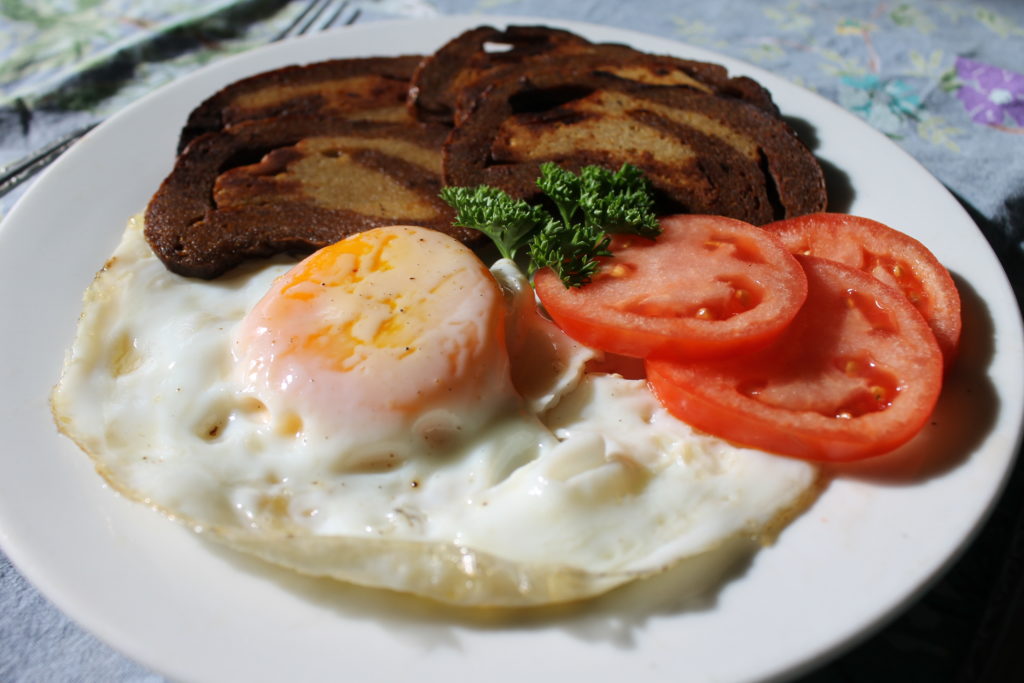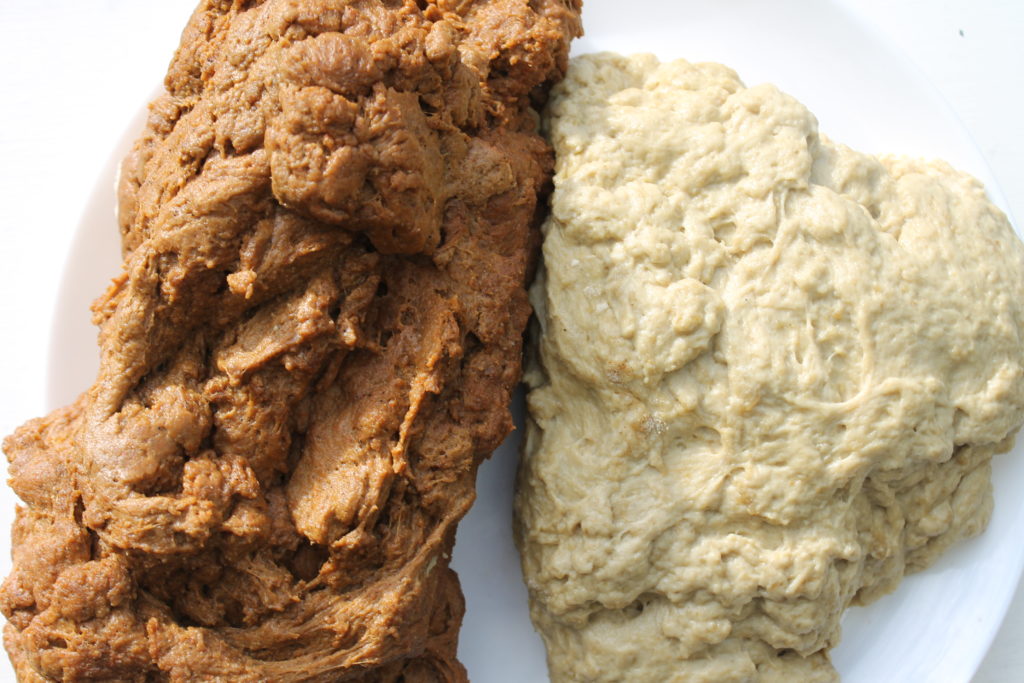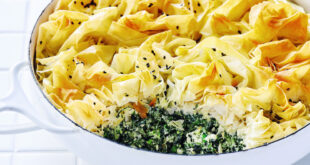Faux meat is making headlines in the world of cuisine. Even Air New Zealand has been serving it recently – in a meat-free ‘Impossible Burger’ that has opinions divided on whether or not this is ‘ok’ in a country that likes to promote its farm-fresh produce to the world. Faux meat is also ‘flavour of the month’ (if you’ll excuse the pun!) with environmentalists who advocate eating less meat and more plant-based foods for the sake of the planet’s health. But amongst faux meat claims-to-fame, and the concerns of a population looking for ways to fight climate change, many of us are wondering ‘just what is faux meat? Where do I get it, and how much does it cost?’

The bad news for the gluten-intolerant is that most faux meat products contain the very stuff they cannot tolerate – gluten! In fact, gluten flour is often the main ingredient in meat substitutes. A common form of faux meat is known in Asian cultures as ‘seitan’ (pronounced ‘say-tarn’). This product, which has been in existence since the 6th century, is high in protein. It was named ‘seitan’ in the early 1960’s by the Japanese proponent of the macrobiotic diet, George Ohsawa. It also goes by other names including ‘wheat gluten’ and ‘wheat meat’.
Over the centuries, seitan has been especially popular in Buddhist regions because of the preference among those following Buddhists practices for meat-free diets. Early records note the extensive preparations monks went to in order to produce the product. It involved repeatedly rinsing flour in fresh water until the starch from the resulting dough had been removed, and the water ran clear. The resulting stretchy mass of gluten was then flavoured, and boiled or steamed to form a chewy meat substitute which could be cut up and used in a wide range of dishes.
Because seitan is low in fat and carbohydrate, yet high in protein and minerals, it is considered to be a healthy alternative to meat. However, although it can be found in many health food stores, organic outlets and Asian food supplies, it is often more expensive than meat, especially when value has been added to the finished product by selling it in a flavoured or marinated form.

What few people realise, though, is that making your own seitan couldn’t be easier, and that recipes for different forms of it abound on the internet. What makes seitan-making so simple today, is that there is no need to begin by first washing the starch from your flour. All you need do is buy the already extracted gluten! As seitan is a relatively bland product, it can be flavoured to suit whatever cooking you wish to use it in. The addition of vegan stocks (such as chicken, bacon or beef) means that, in a finished dish, it can be virtually impossible to distinguish between seitan ‘meat’ and the real thing. It is even possible to produce seitan bacon and salami, chorizo and fish fillets! When processed in a kitchen blender, seitan can be made to resemble mince and used in bolognaise or pies.
Whether you’re catering for vegans or vegetarians, wanting to do your bit to help keep climate change at bay, or simply wishing to trial a new ingredient in your cooking, seitan is worth purchasing. And if you want to have fun – why not make it yourself?










Join the Discussion
Type out your comment here:
You must be logged in to post a comment.